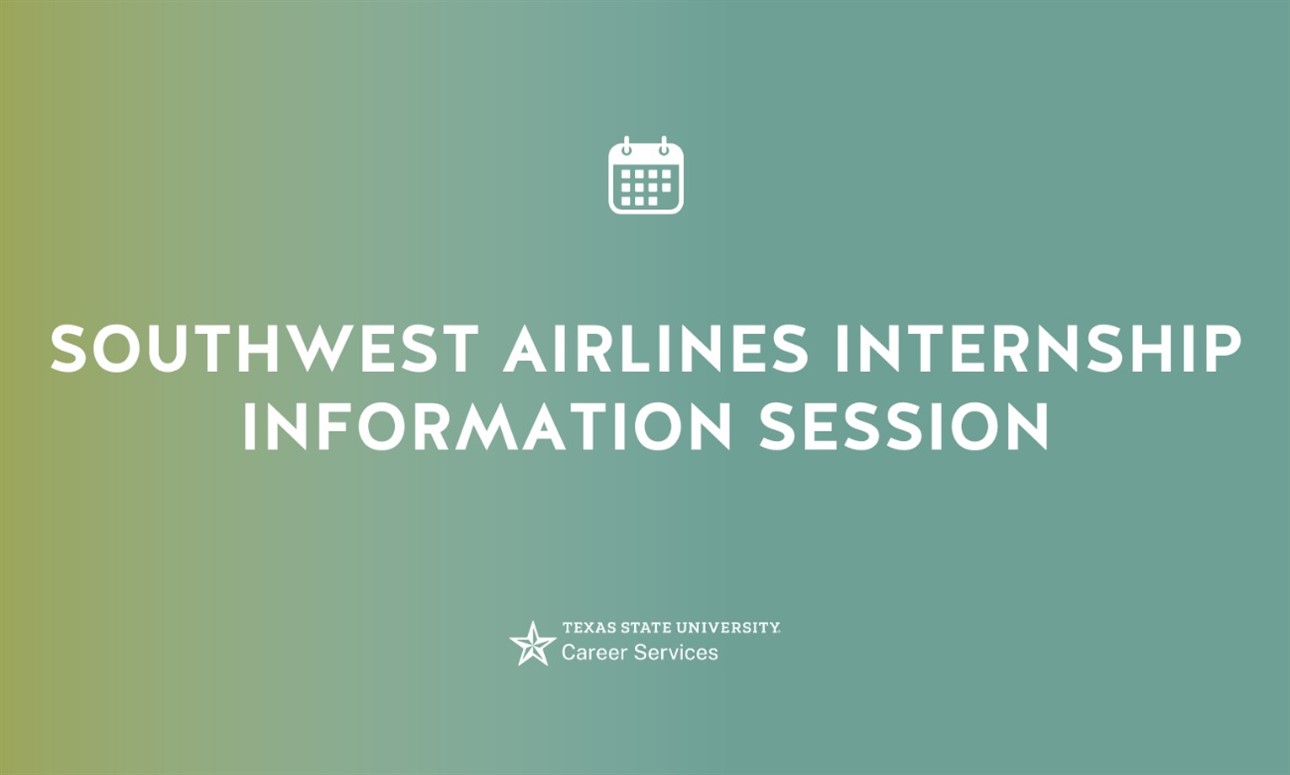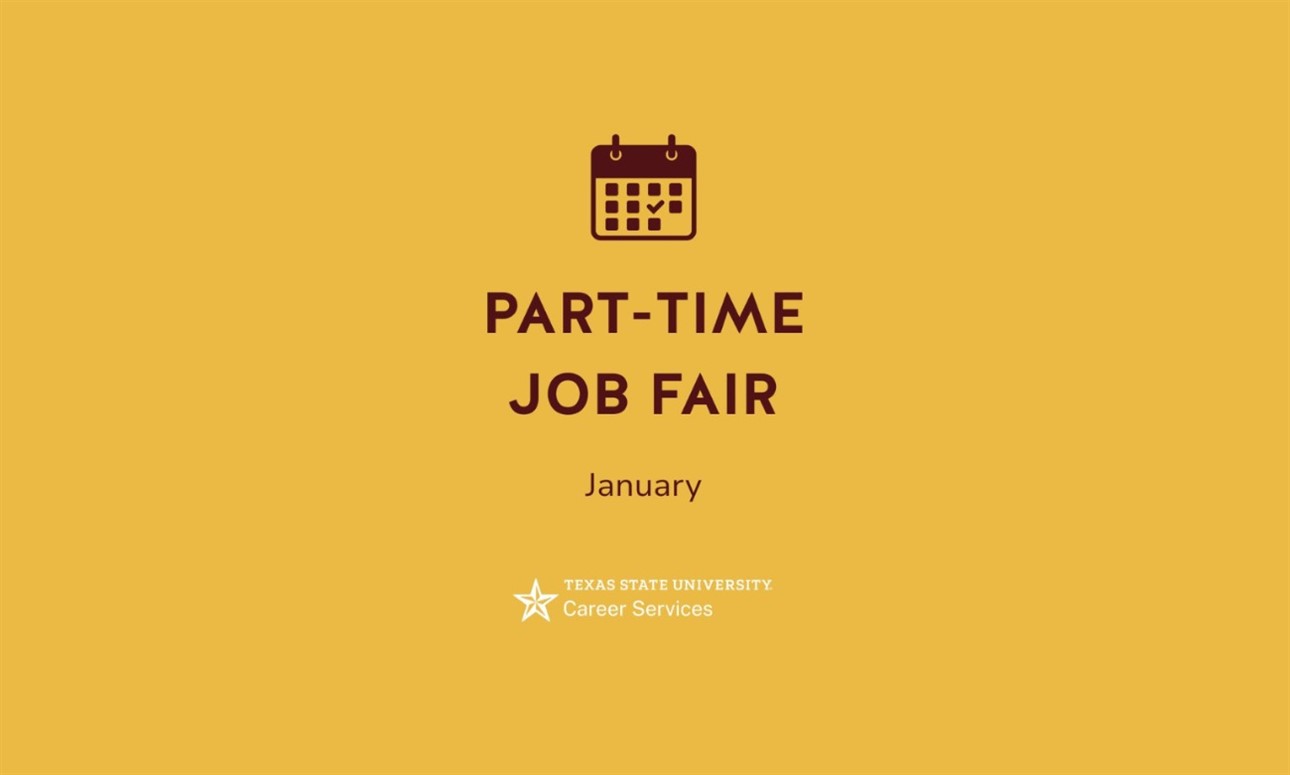Find the resources and support you need to successfully navigate working while you are in college. Whether you’re looking for part-time jobs, need tips on applying, or have questions about student employment, you’ll find job listings, helpful guidance, and answers to common questions.
Getting Started on Handshake
Handshake is your career management platform where you can discover resources, find and apply to jobs, search prospective employers and much more! If you are an incoming student to Texas State, your account will be automatically created once you have registered for courses. Once your account has been created, you will log in through SSO (single-sign-on) using your NetID and corresponding password.
Here are a few ways to get started:
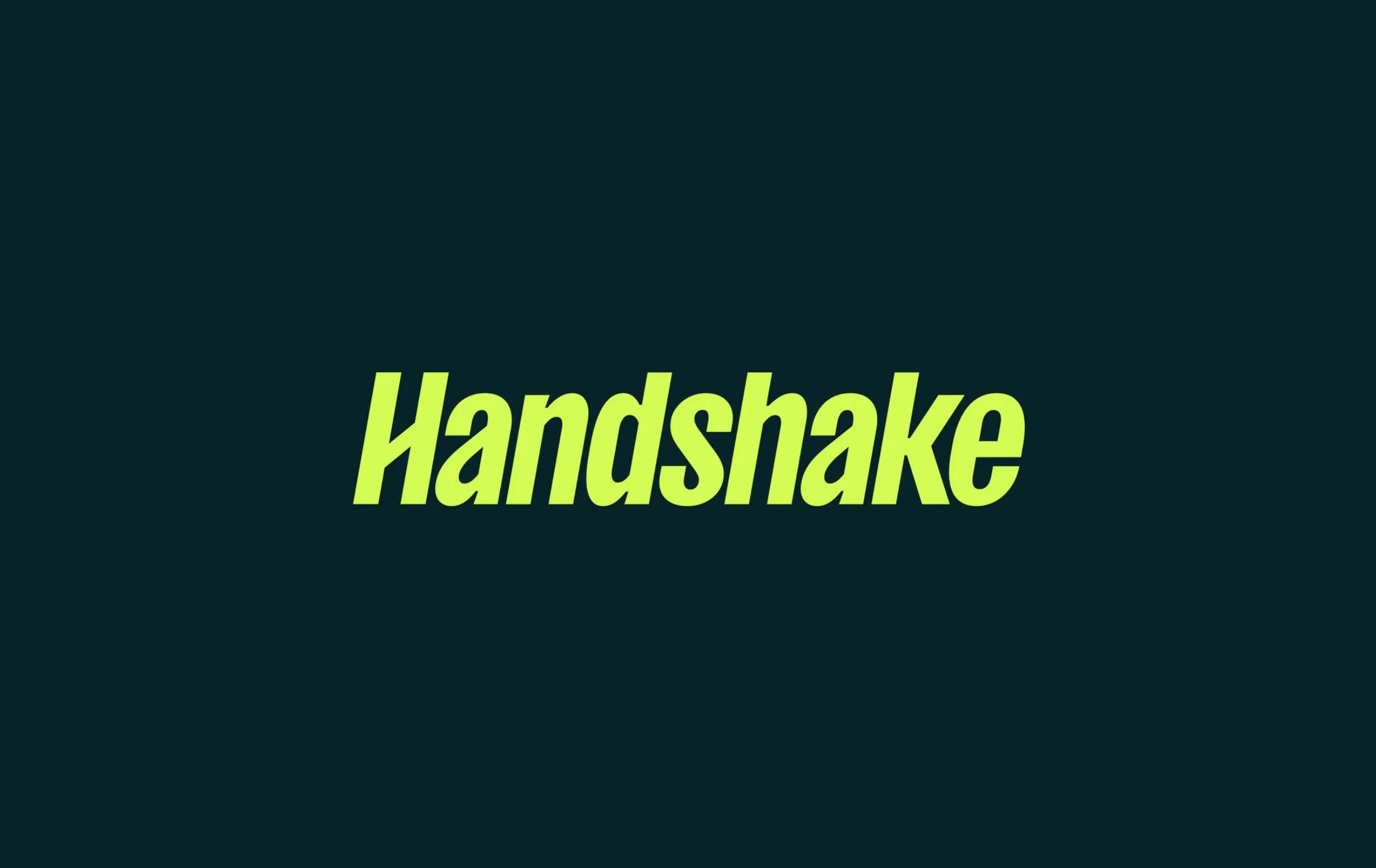
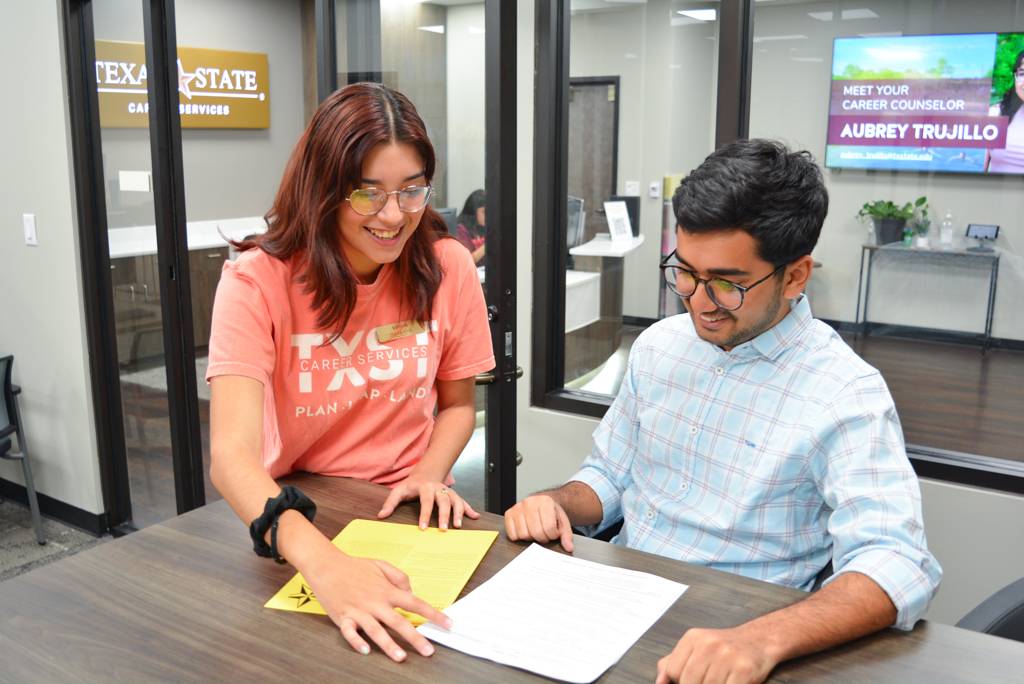
Prepare for the Job Search
Career Services offers personalized one-on-one support for your job search and application materials. Explore the resources below for helpful guidance or click the button to learn how you can meet with us!
DISCOVER ON-CAMPUS & OFF-CAMPUS JOBS
Ready to find your next job?
Explore a variety of on-campus and off-campus opportunities tailored just for students. Click below to discover positions that fit your schedule and goals!
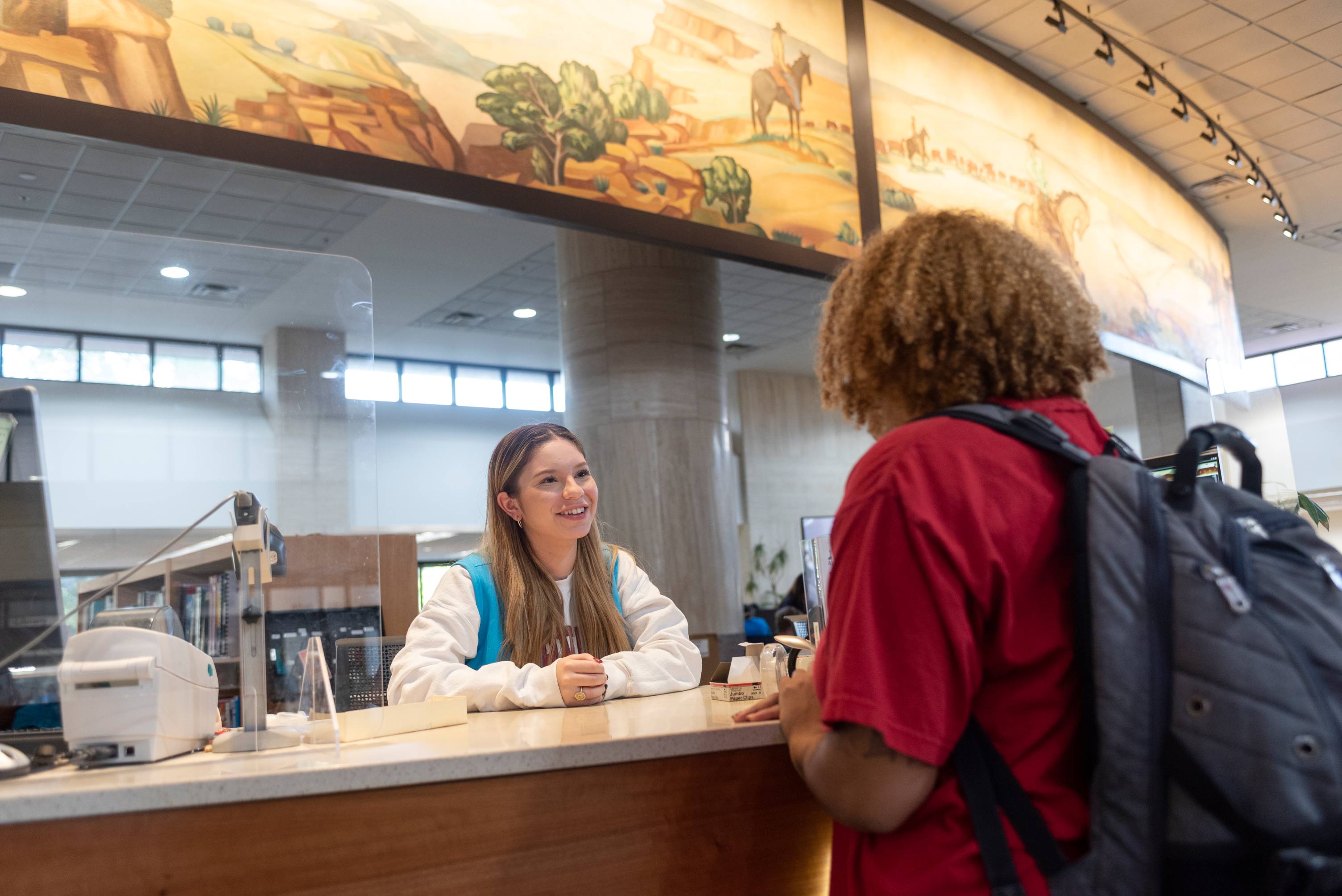
*WELCOME BACK Part-Time Job Fair*
Upcoming Part-Time Job Fairs
Stop by the LBJ Mall between 11:00 -1:00 pm and visit with off and on-campus employers looking to hire you!
Get Career Ready: Check Out Our Events!
As you continue your student employment journey, it’s just as important to participate in events that help you become career ready.
Check out the events and resources below designed to build your skills, expand your network, and prepare you for success after graduation!

From Campus to Career: Discover the Skills You’re Gaining on the Job
Check out our Marketable Skills Guides to see how the skills you’re building in your Texas State student job can help advance your future career goals.
- Location:
- Online
- Cost:
- Contact:
- Campus Sponsor:
- Career Services
📅 Mark your calendars: Summer 2026 Internship applications go live on Wednesday, Jan. 7, 2026, with opportunities across multiple departments!
💻 Our Campus Reach Team is hosting an information session to share more about the internship program, expectations, and tips and tricks when applying. You can register to attend the info session below.
Info Session Details:
Date: Wednesday, Jan. 7, 2026
Time: 12:00 p.m. CT
How to join: It's simple! Click the link below to access the event page and register to attend. You'll receive a calendar appointment and a link to join after completing your registration.
https://lnkd.in/gz5CX8PH
- Location:
- LBJ Student Center,601 University Drive
- Cost:
- Contact:
- Campus Sponsor:
- Career Services
Kick off the new semester by landing your next job!
Swing by LBJ Student Center Room 322 and explore a wide range of part-time job opportunities. Connect with on-campus departments and local employers who understand the demands of student life and are eager to hire Bobcats like you! Whether you're looking for flexible hours, seasonal work, or a steady gig during the semester, this is the perfect chance to find a position that fits your schedule.
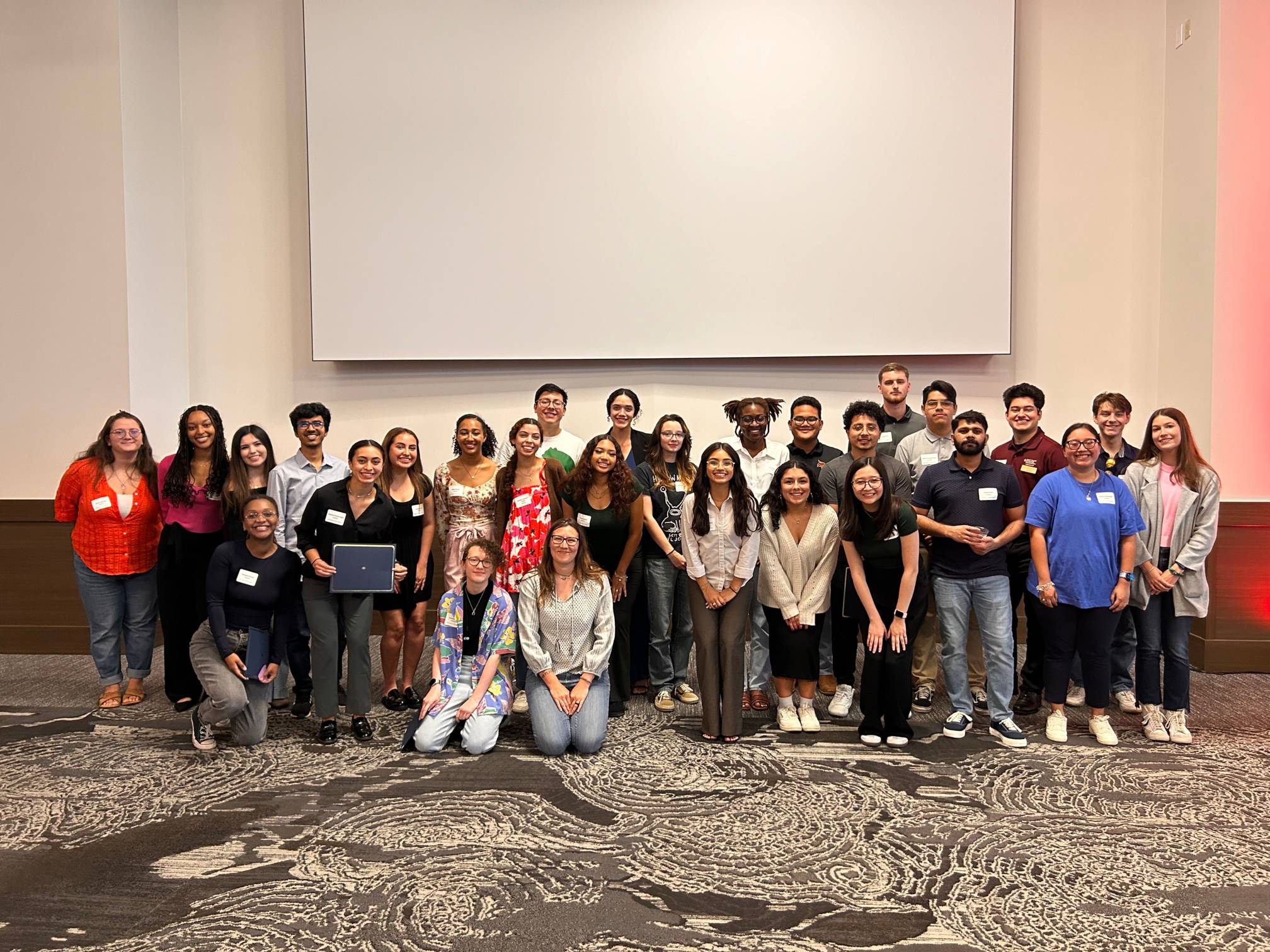
Student Recognition
Get recognized for your hard work and dedication with the Student Employee Recognition Awards! This program celebrates students who excel in service, quality of work, professionalism, and initiative, all while juggling college life. Shine bright and get honored this April!
Student Employment FAQ
Have questions? Check out our list of FAQs below for answers to some of the most commonly asked questions.
Campus Jobs
-
Where can I find on- and off-campus jobs?
All on-campus jobs will be posted in Handshake. Opportunities with off-campus employers, who recruit Texas State Bobcats, will also be available in Handshake including part-time, full-time and internship opportunities.
-
I am new to TXST, when will I gain access to Handshake?
Incoming students will be granted access to Handshake through SSO (single-sign-on) using your NetID and corresponding password. SSO access typically becomes available to incoming students after New Student Orientation or up to one week before classes begin in the next enrolled semester.
-
I am an alumnus of Texas State University, am I able to access Handshake?
Once a Bobcat, always a Bobcat! Career Services resources are always available to you. To register for or reconnect to your Handshake account, use the register feature, completing all required fields. You will need your nine-digit TXST A-ID to complete this registration; if you have forgotten this information please contact the IT Assistance Center. To ensure best results, please use your personal email when creating or reconnecting your alumni account. Alumni accounts are usually reviewed within 48 business hours of requested access.
-
My Handshake account has been archived, how can I regain access?
If you believe your account has been archived, email us at studentjobs@txstate.edu to regain access. Please include your NetID, first and last name, and any issues you may be experiencing. You should receive a reply within 24 business hours.
-
Are there enrollment requirements to be hired as a student employee?
Enrollment is an eligibility requirement for any person holding a student employee position. You must enroll in at least six semester credit hours in the fall and spring semesters unless the student is in the last semester of enrollment.
-
Can I keep working as a student employee after graduation?
No, upon graduation, you will no longer be considered a student, and therefore will no longer qualify for student employment.
-
Is there a cap on the number of hours per week I can work?
Yes, the maximum hours a student can work is 25 hours per week. International students are limited to 20 hours per week. Between semesters students can work 40 hours per week.
-
What wage can I expect?
The University Pay Plan references the range that student workers may be paid, and is further enforced through UPPS 07.07.03.
-
Who do I contact if I didn't get paid or have questions about how I am paid?
Your supervisor or hiring manager can answer general questions about pay. Review the Payroll and Tax Compliance Office: FAQ page for answers regarding direct deposit, pay periods, and W-2s.
-
Is there a required evaluation form for students?
While Career Services does not mandate the use of an official student worker evaluation form, we do highly encourage supervisors to perform a one-on-one performance evaluation of student employees. However, our team does provide an evaluation template for on-campus supervisors who would like assistance. Please contact our team at studentjobs@txstate.edu.
-
Is there a handbook available to supervisors of student employees?
While Career Services does not offer a universal Supervisor of Student Employees Handbook, we are creating supervisor professional development training. If you are interested in learning more about this, please email us at studentjobs@txstate.edu.
-
A student cannot currently see an open work-study position in Handshake. Why is that?
Only work-study eligible students can see work-study positions within Handshake. It's possible that if a student cannot see a work-study position, they may not currently be work-study eligible. For any questions regarding work-study award status, please reach out to Financial Aid directly for more information.
-
What is the onboarding process?
Congrats on landing your on-campus job! Now it’s time to get ready for the onboarding process. Your supervisor will guide you through each step to make sure you’re all set for your first day. They’ll also handle all the HR-related requirements with you. In general, here are some common items you may need to complete during the onboarding process:
- Complete the W-4 - Learn more about the Form W-4 here
- Proof of Selective Service (for male students ages 18–25)
- Form I-9 – Learn more about the Form I-9 here
- International Students: You will need to apply for a Social Security Number (SSN) before you can begin working. For detailed instructions and additional requirements, please visit the International Student and Scholar Services Office website here. Please make sure to provide your Social Security Number (SSN) to your supervisor as soon as you receive it. Failure to do so may result in automatic termination, as it is required for employment documentation.
- Hourly Student Worker Acknowledgement Form
- Direct Deposit - Don’t have a bank account? You’ll need one to set up direct deposit to receive your paycheck. Students are free to choose any financial institution they prefer. For convenience, there is a UFCU branch located on campus, which students can choose to use. To learn more about opening an account with UFCU, you can visit their website here.
Important: Please DO NOT complete these forms on your own before meeting with your supervisor, they will walk you through the process. Your department may also have additional onboarding requirements, so be sure to check in with your supervisor for full instructions.
For additional information on the onboarding process, please reach out to your supervisor.
-
I saw a job posting that says “Work Authorization Required.” Does that mean I can’t apply?
What it means:
The student must already have legal permission to work in the U.S. before starting the job. This includes U.S. citizens, permanent residents (green card holders), or international students with valid work authorization.Am I eligible to apply as an international student on an F-1 visa?
Yes!
If the position is on-campus and you are an F-1 international student maintaining valid visa status, you are already authorized to work on campus. This means you are eligible to apply. If hired, there will be additional steps to complete in coordination with your supervisor to ensure proper documentation and onboarding.
Work-Study
Work-study creates additional on-campus jobs for qualified students. Financial Aid has determined eligibility after students have submitted their FAFSA application. You can also learn more down below.
-
What is work-study?
The work-study program is designed to help students who demonstrate financial need an opportunity to earn a portion of their educational expenses through meaningful employment. The program is administered by the Office of Financial Aid and Scholarships (FAS).
The number of requests usually exceeds work-study funds. Work-study provides you with an employment opportunity. It is important to remember that work-study is NOT a job in which you are paid to study. Work-study is not a cash award. You must work for your earnings.
-
How do I receive a work-study award?
To be eligible, you must complete the “Free Application for Federal Student Aid” (FAFSA) and indicate interest in work-study on the application. The award is based on financial need, so not all students will qualify. Financial Aid and Scholarships (FAS) will evaluate your application and, if eligible, offered a financial aid package that may include a work-study award.
If you have questions regarding your eligibility for work-study, contact FAS.
-
How does work-study work?
After receiving a work-study award, you must find and apply for a work-study designated position in Handshake. If hired into a work-study approved position, you will be paid twice per month based on the numbers of hours you worked. The work-study award amount is the maximum potential you can earn. You may work until your award has been depleted or the semester is over. There is no obligation to earn the entire award.
Work-study jobs are not positions in which you are paid to study.
-
Do I have to accept the work-study award?
No. If work-study is part of your financial aid package and you don’t intend to use it, you can decline the award.
-
What happens if I don't find a work-study job right away?
There is a deadline set each semester to find a work-study position by Financial Aid and Scholarships (FAS). If you have not been hired into a work-study position, your work-study may be cancelled.
Utilize your resources before you give up. Career Services can review your resume and other documents to assist you in your job search. Keep applying and know that you can save job searches in Handshake that will notify you when new jobs are posted.
Email questions about the awarding process to workstudy@txstate.edu.
-
Are there other jobs on campus besides work-study?
Yes. Regular-wage positions are also available. Begin your search for all types of positions by logging in to your Handshake account.
-
How will I be paid?
As an hourly employee you will be paid semi-monthly at mid-month and at the end of the month. All employees are encouraged to participate in the direct deposit program.
-
What will I be paid?
Your earnings will be at least the current federal minimum wage; however, you could be paid more depending upon the type of work you do, and the skills required.
-
Can I work as many hours as I want?
Students working under a work-study funded position may work no more than 25 hours per week while classes are in session.
-
Do I have a dress code?
Offices typically require work-study students to wear business-casual attire. Some offices allow their work-study students to dress more casually, so be sure to check with your employer. Remember that even though you are a student, you are working in a professional setting and need to dress accordingly.
-
Can I work a work-study position in the summer?
Yes, if funding and positions are available. In addition to having a current year FAFSA on file with FAS, a student must complete a Summer Financial Aid application and be enrolled in 6 credit hours within the summer semester.
-
When can students begin and end earning work-study awards?
Financial Aid establishes these time frames. Dates for earning work-study awards can be found on the FAS Undergraduate Work-Study website.
Didn't see your on-campus student employment question?
Get answers by calling Career Services at 512.245.2645, or by emailing studentjobs@txstate.edu.

